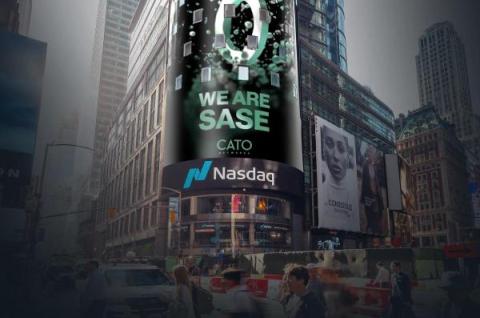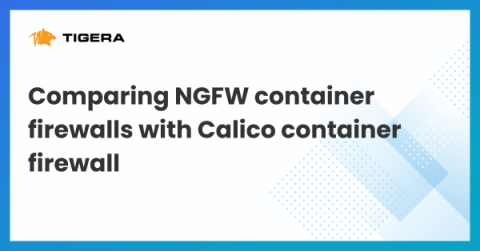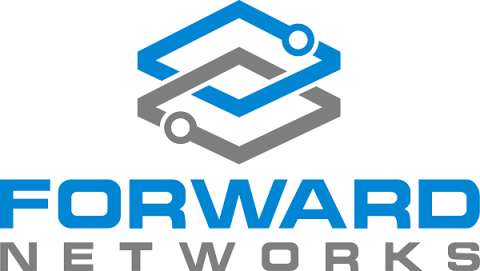Security | Threat Detection | Cyberattacks | DevSecOps | Compliance
Networks
How Corelight Uses AI to Empower SOC Teams
The explosion of interest in artificial intelligence (AI) and specifically large language models (LLMs) has recently taken the world by storm. The duality of the power and risks that this technology holds is especially pertinent to cybersecurity. On one hand the capabilities of LLMs for summarization, synthesis, and creation (or co-creation) of language and content is mind-blowing.
Cato Networks Takes a Bite of the Big Apple
My new favorite company took center stage in iconic New York Times Square today with a multi-story high 3D visualization of our revolutionary secure access service edge (SASE) platform. It’s positively mesmerizing, take a look: The move signals a seismic shift happening across enterprises, the need to have an IT infrastructure that can easily adapt to anything at any time, and the transformative power of Cato’s networking and security platform.
Comparing NGFW container firewalls with Calico container firewall
In my previous blog post, I touched upon some challenges with how NGFW container firewalls are built and how it takes a team of firewall specialists to deploy, configure and maintain the firewall platform. In this blog I will illustrate the challenges in detail and demonstrate the simplicity of the Calico container firewall platform.
How to Find Out Hosting of Website?
Cisco firewall management: Simplify your network security with Firewall Analyzer
Firewalls act as the first line of defense against external threats and form the core of any network security infrastructure. Cisco firewalls are known for their security features and are available in different types such as stateful inspection, next-gen firewalls, etc. These firewalls do an excellent job at keeping your network safe from threats when paired with a robust firewall monitoring solution.
Forward Networks Digital Twin Prevents Misconfigurations Identified by CISA and NSA
In a recently released Cybersecurity Advisory, the National Security Agency (NSA) and Cybersecurity and Infrastructure Security Agency (CISA) highlighted the most common cybersecurity misconfigurations in large organizations identified through blue team and red team assessments. The advisory stated that these misconfigurations illustrate systemic weakness in many large organizations, including those with mature cyber postures.
Addressing CxO Questions About SASE
The nature of the modern digital business is constantly and rapidly evolving, requiring network and security architectures to move at the same speed. Moving at the speed of business demands a new architecture that is agile, flexible, highly scalable, and very secure to keep pace with dynamic business changes. In short, this requires SASE.











